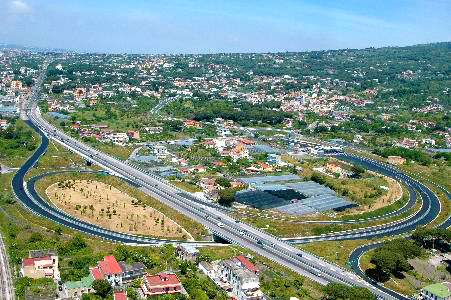
Since the end of the 1980s, the entry into a large Italian group, the FININC Group, allowed SIPAL to establish itself in the infrastructures sector, and become a reference point for engineering design.
Since the end of the 1980s, the entry into a large Italian group, the FININC Group, allowed SIPAL to establish itself in the infrastructures sector, and become a reference point for engineering design.

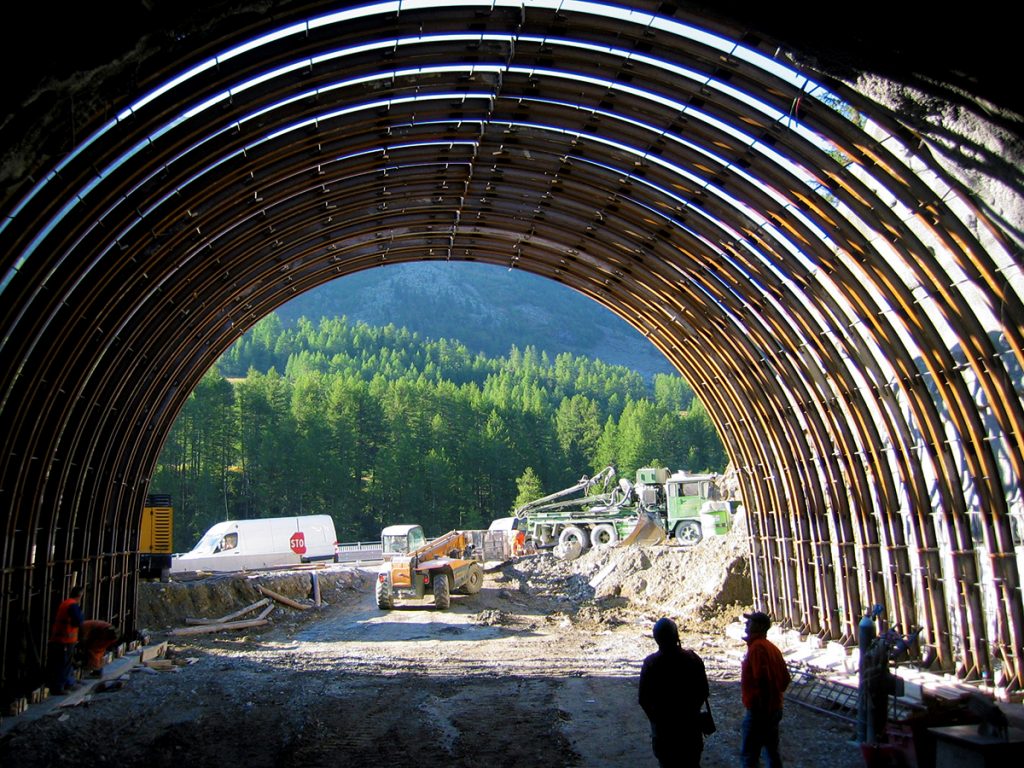
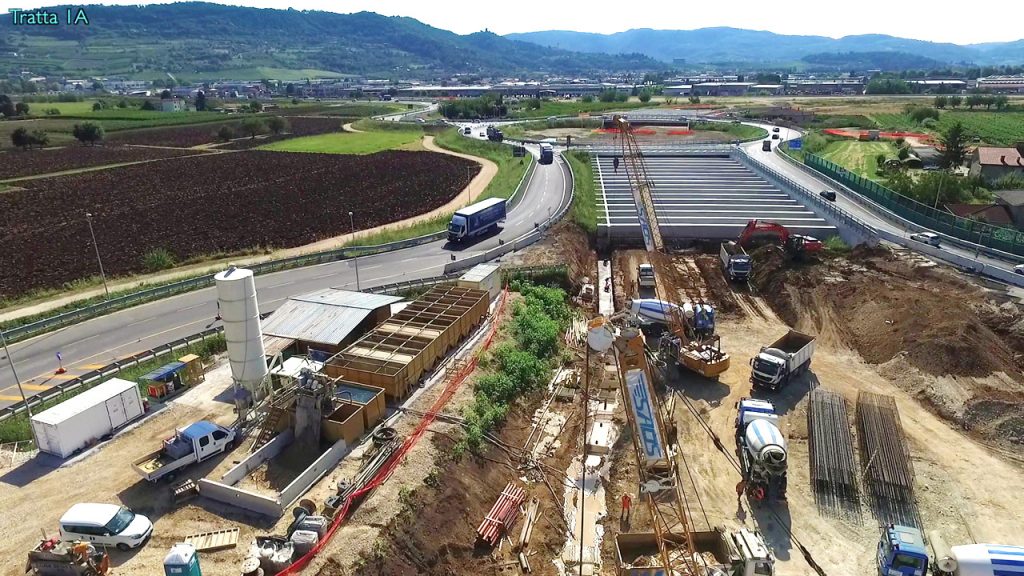
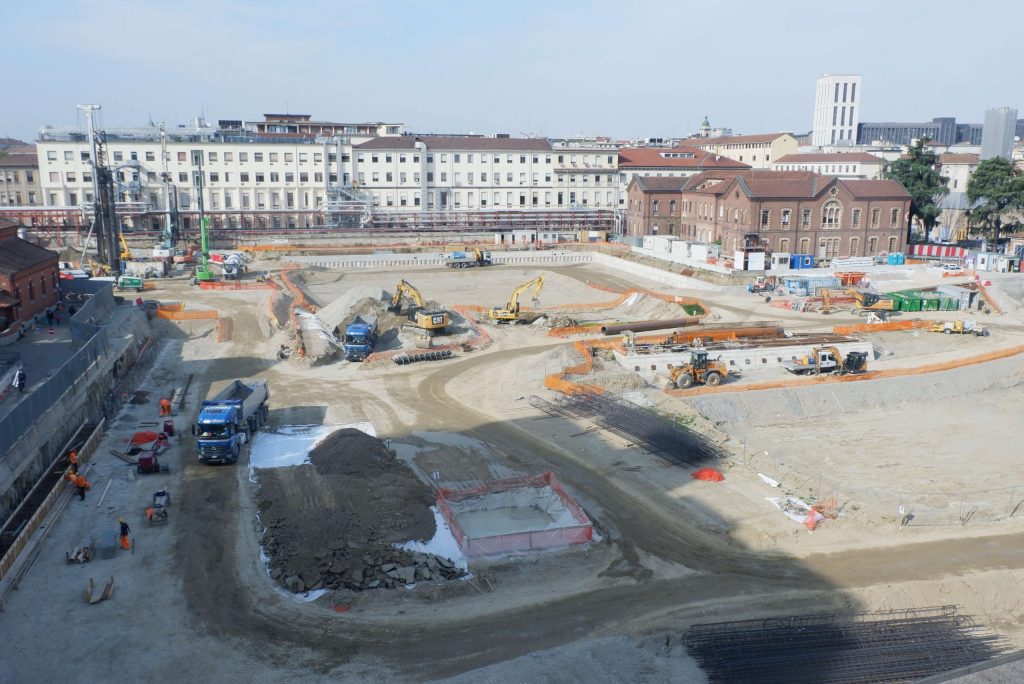
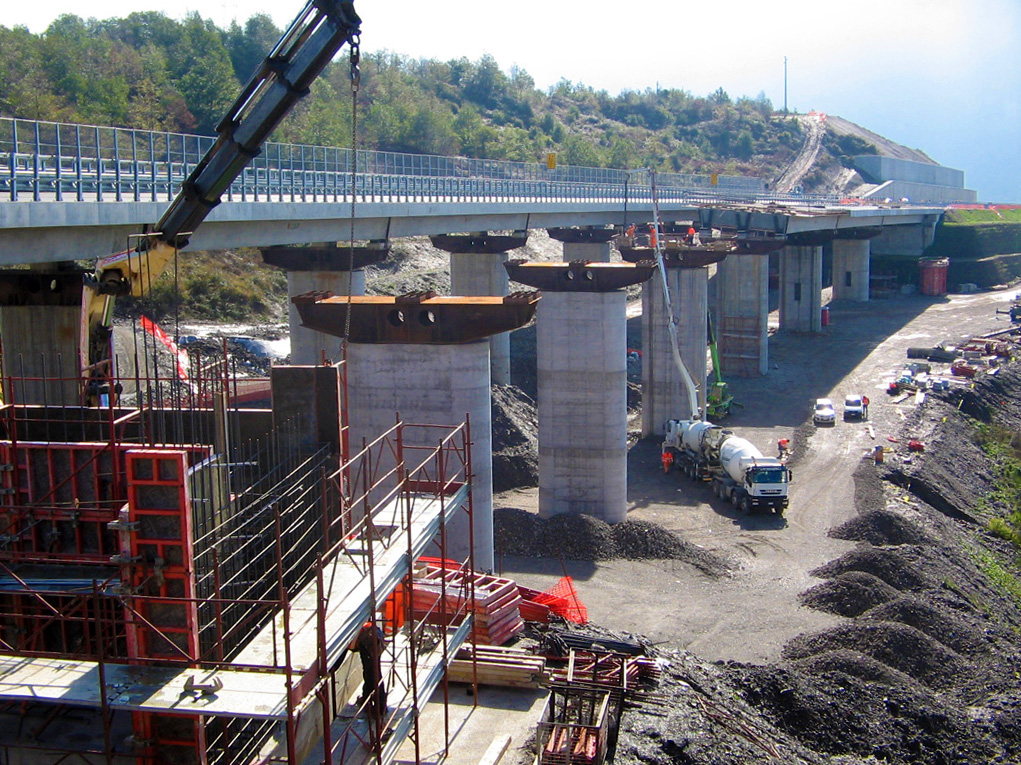
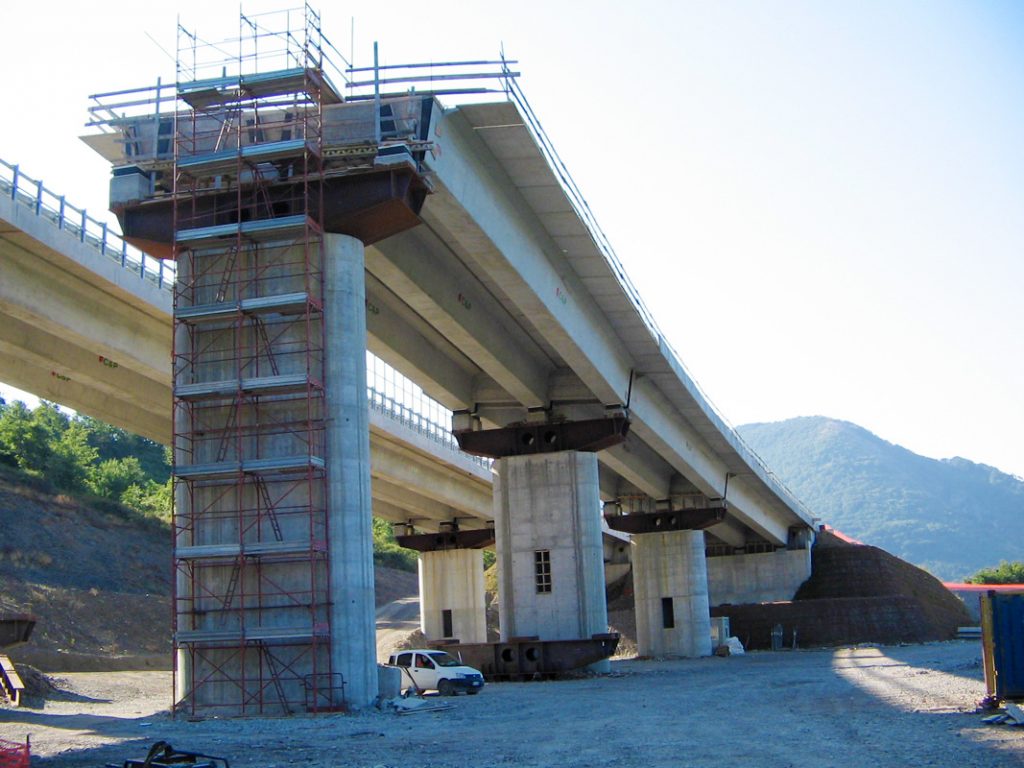
SIPAL engineers are capable of finding the right solutions to the most technologically demanding and difficult problems. From the idea for an innovative product or process to its practical realisation, the road can be long and tortuous: SIPAL smooths the way!
The ability of its engineers to analyse problems, find the most technologically advanced solutions to them at the most economically advantageous price, design and calculate their components and, finally, engineer their implementation, allows SIPAL to give body and substance to its customer’s ideas.
The integration between GIS and BIM represents a true innovation for the design, construction, and management of structures and infrastructures. Through the GIS Platform, it is possible to aggregate and integrate data from different sources, using the geographic component as a connecting element between the data.
In this context, the DINAMO platform stands out as an integrated solution of dynamic and static monitoring techniques. DINAMO uses Earth Observation data, such as SAR and optical images, supported by a GNSS system with a network of wireless sensors and hybrid telecommunication solutions (satcom). These tools enable extremely precise and efficient data collection and management.
Thanks to DINAMO, it is possible to visualize a wide range of information on a map: data characterizing the assets, information from field surveys, data related to scanned documents or document management systems, CAD drawings, geo-localized photographs and images, and information derived from SCADA systems. All these data are aggregated and made available within a “Unified Dashboard,” allowing for a comprehensive view and optimal management of structures and infrastructures.
A team of engineers and professionals with decades of experience in the sector with 3 common aims: research and use of technology, absolute quality of the work undertaken, compliance with deadlines.